High pressure glass reactors are sophisticated and versatile instruments used in various industries, particularly in chemical and pharmaceutical research and production. These reactors provide a controlled environment for conducting reactions at elevated pressures and temperatures, ensuring precise and efficient results. In this article, we will delve into the fundamentals of high pressure glass reactor, explore their applications, and showcase a real-world case to illustrate their significance in modern research.
Understanding High Pressure Glass Reactors
High pressure glass reactors handle chemical reactions at elevated pressures with a borosilicate glass body resistant to temperature fluctuations and corrosion. They are capable of sustaining pressures between 0.5% and 3% density, enabling researchers to perform experiments under controlled conditions.
The glass body of the reactor allows for easy monitoring and observation of the reaction, facilitating real-time adjustments and ensuring safe and accurate experimentation. These reactors come in different sizes and configurations to accommodate diverse research needs, ranging from laboratory-scale experiments to pilot-scale production.
Safety is paramount when it comes to high pressure experiments. The transparent nature of the glass walls helps detect any potential issues early on, thereby reducing the risk of accidents and mishaps.
Comparatively, high pressure glass reactors offer a safer alternative to their metal counterparts, as they are less prone to catastrophic failures under high-pressure conditions.
Energy efficiency is yet another advantage of high pressure glass reactors. The thermal insulation properties of the glass material significantly reduce energy consumption during reactions, making them a sustainable choice.
Moreover, these reactors provide seamless scalability, making the transition from laboratory-scale experiments to pilot-scale production smooth and efficient.
Considering affordability, high pressure glass reactors present a cost-effective option compared to their high-pressure metal counterparts. This accessibility enables a broader range of research laboratories and facilities to harness the benefits of these innovative instruments.
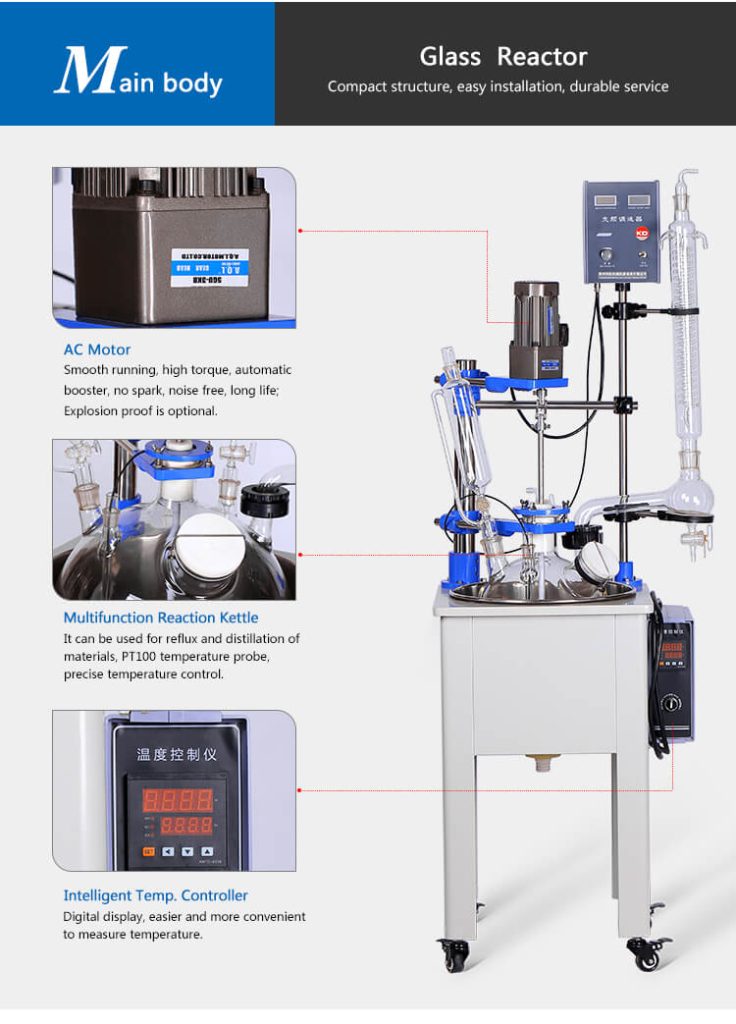
Advantages of High Pressure Glass Reactors
1. Enhanced Safety: High pressure glass reactors offer a safer alternative to metal reactors, as they are less prone to catastrophic failures under high pressure conditions. The transparent glass walls enable researchers to detect potential issues early on, reducing the risk of accidents.
2. Superior Corrosion Resistance: The borosilicate glass material used in these reactors provides excellent corrosion resistance to a wide range of chemicals, ensuring the integrity of the reactor and extending its lifespan.
3. Versatility: High pressure glass reactor can be used for a myriad of reactions, including polymerization, crystallization, hydrogenation, and more. Their adaptability makes them invaluable tools for research and production in various industries.
4. Scalability: Researchers can easily scale up reactions from laboratory-scale to pilot-scale without major modifications to the reactor, saving time and resources during the transition from research to production.
5. Energy Efficiency: The glass material used in these reactors exhibits good thermal insulation properties, requiring less energy to maintain the desired temperature during reactions.
6. Cost-Effectiveness: Compared to high-pressure metal reactors, high pressure glass reactors are relatively more affordable, making them accessible to a broader range of research laboratories and facilities.
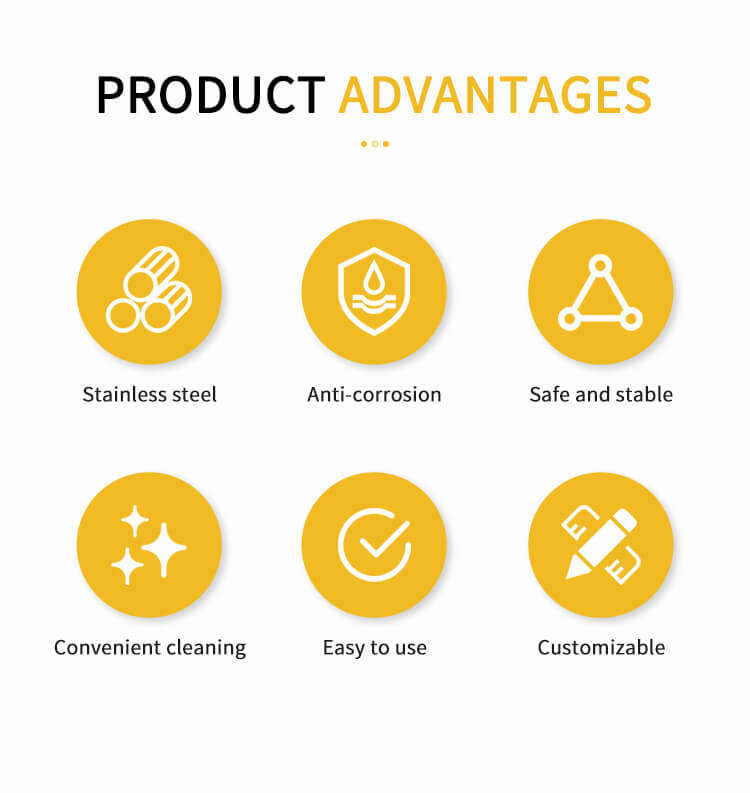
Applications of High Pressure Glass Reactors
1. Chemical Synthesis: High pressure glass reactor find extensive use in chemical synthesis processes, such as esterification, hydrolysis, and oxidation reactions. The controlled pressure and temperature conditions enable researchers to achieve higher yields and selectivity.
2. Material Synthesis: In the field of materials science, these reactors are employed for the synthesis of nanoparticles, nanowires, and other nanostructured materials. The high-pressure environment allows for the precise control of particle size and morphology.
3. Supercritical Fluid Extraction: High pressure glass reactors are utilized in supercritical fluid extraction processes to obtain valuable compounds from natural products, such as essential oils, flavors, and fragrances.
4. Catalysis Studies: Understanding catalytic reactions is crucial for various industrial processes. High pressure glass reactors enable researchers to study catalytic processes at different pressures and temperatures, leading to the development of more efficient catalysts.
5. Pharmaceutical Research: High pressure glass reactor play a vital role in pharmaceutical research and drug development. They facilitate the synthesis of active pharmaceutical ingredients (APIs) and enable the study of drug stability and degradation under high-pressure conditions.
6. Food and Beverage Industry: The food and beverage industry benefits from high pressure glass reactors in processes like high-pressure pasteurization, which extends the shelf life of perishable products while maintaining their nutritional value and sensory qualities.
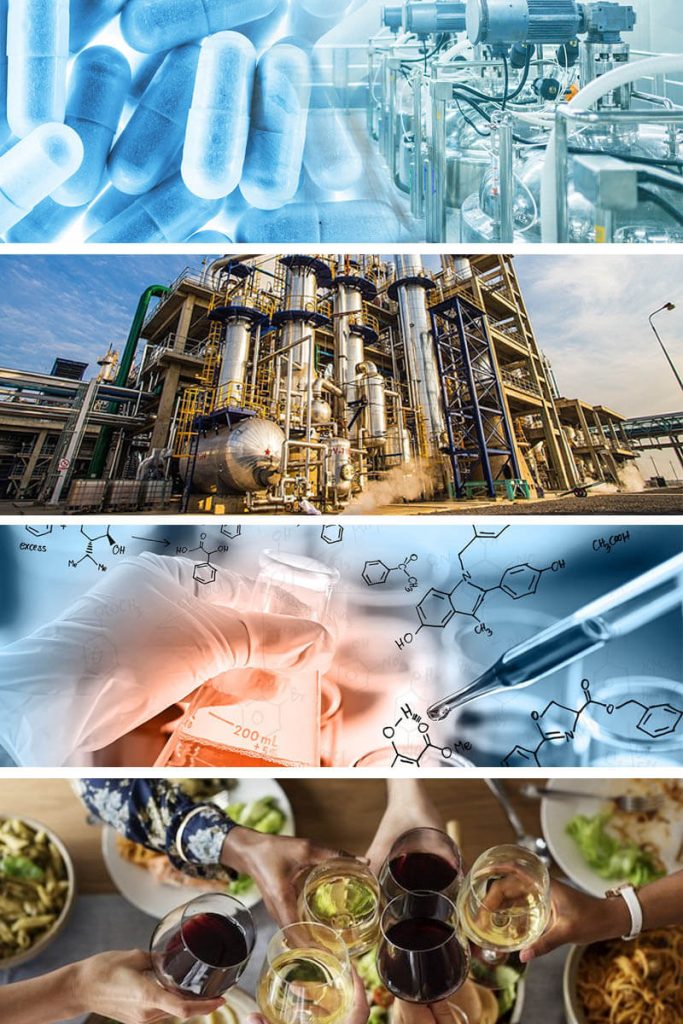
Case: High Pressure Glass Reactor in Catalytic Hydrogenation
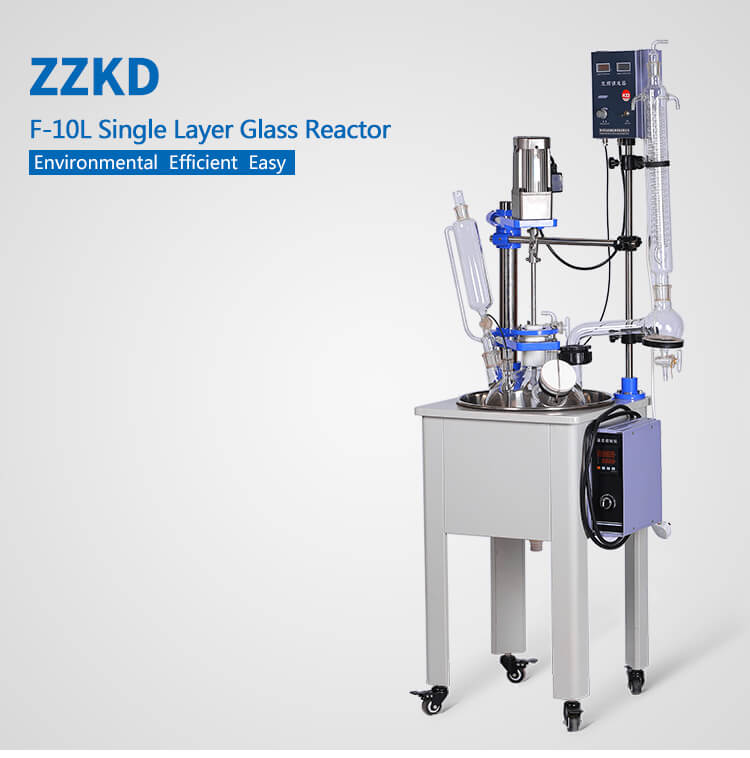
To showcase the practical significance of high pressure glass reactor, let’s consider a case involving catalytic hydrogenation, a widely used process in the pharmaceutical and petrochemical industries.
In this case, researchers aimed to selectively hydrogenate an unsaturated organic compound to obtain a valuable intermediate compound. The reaction required precise control of pressure, temperature, and catalyst concentration to achieve the desired product yield and minimize the formation of unwanted by-products.
Using a high pressure glass reactor, the researchers initiated the hydrogenation reaction under optimal conditions. The transparent glass body allowed them to monitor the reaction progress continuously. By adjusting the pressure and temperature within the reactor, they optimized the reaction rate and selectivity of the desired product.
The high pressure glass reactor’s scalability enabled pilot-scale experiments and easy transfer to industrial production. Its superior corrosion resistance prevented catalyst contamination, ensuring consistent and reproducible results.
The case showed that high pressure glass reactors are crucial for precise catalytic reactions and eco-friendly chemical processes.
Maintenance and Safety Considerations
Proper maintenance and safety precautions are crucial to ensuring the longevity and safe operation of high pressure glass reactors. Some essential considerations include:
1. Regularly inspect the reactor’s glass body and components to identify potential defects or signs of wear.
2. Pressure Relief Systems: High pressure glass reactor should be equipped with reliable pressure relief systems to prevent over-pressurization during reactions.
3. Safety Shields: Implementing safety shields around the reactor area protects personnel from potential glass breakage or hazardous chemical spills.
4. Proper Training: Operators should receive comprehensive training on the operation, maintenance, and safety protocols of the reactor.
5. Check chemical compatibility with borosilicate glass to prevent chemical attacks when using high pressure glass reactors.
6. Controlled Venting: Controlling the venting of gases during reactions helps prevent excessive pressure build-up and ensures a safe working environment.
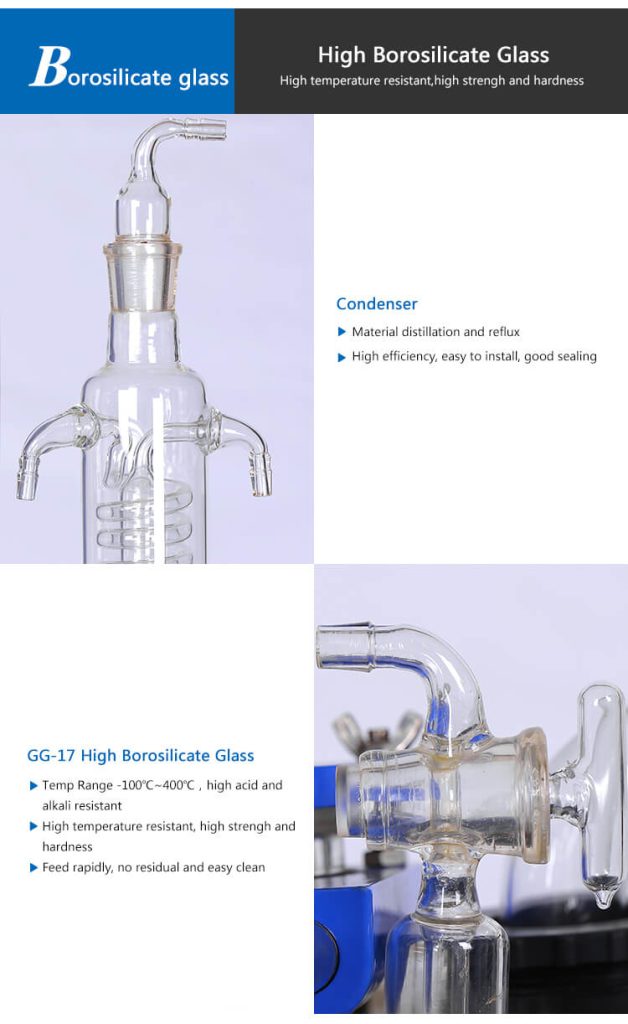
Conclusion
High pressure glass reactors have revolutionized the way researchers and industries conduct chemical and pharmaceutical experiments. Their unique advantages, including enhanced safety, corrosion resistance, and versatility, make them essential tools in modern research and production processes.
High pressure glass reactors have diverse applications in catalytic hydrogenation and supercritical fluid extraction. They aid in developing new materials, drugs, and processes. As demonstrated by our case study, these reactors play a pivotal role in advancing scientific understanding and fostering innovation.
Proper maintenance and adherence to safety guidelines are vital to maximizing the efficiency and safety of high pressure glass reactors. Advancing technology will keep high pressure glass reactor forefront in cutting-edge research and sustainable industrial practices.
